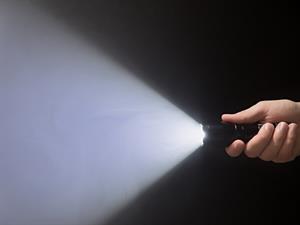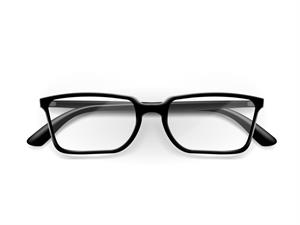PDF chapter test TRY NOW
Image formation in a concave lens
1. A concave lens is fixed on a stand for support and placed on the table.
2. A cardboard sheet of \({15\ cm} \times{10\ cm}\) is taken, and a white sheet is pasted on it. This sheet will act as a screen.
3. A candle is lighted and placed at a certain distance from the concave lens.
4. The candle is placed on the other side of the lens, and its position is adjusted to obtain a sharp image of the flame on the screen.
5. The screen is also adjusted to get the image of the flame.
2. A cardboard sheet of \({15\ cm} \times{10\ cm}\) is taken, and a white sheet is pasted on it. This sheet will act as a screen.
3. A candle is lighted and placed at a certain distance from the concave lens.
4. The candle is placed on the other side of the lens, and its position is adjusted to obtain a sharp image of the flame on the screen.
5. The screen is also adjusted to get the image of the flame.
Observation
Whatever the distance between the object and the lens, the image formed will always be virtual, erect and much smaller (or highly diminished) than the object.
Whatever the distance between the object and the lens, the image formed will always be virtual, erect and much smaller (or highly diminished) than the object.

Use of concave lenses
1. Door viewers or peepholes in the doors use these concave lenses to magnify the image of the person standing behind it.
1. Door viewers or peepholes in the doors use these concave lenses to magnify the image of the person standing behind it.

2. They are also used in flashlights to diverge the light rays for a wider area.

3. It is also used in spectacles for vision correction, depending on the defects.

Comparison of lenses:
Convex lens | Concave lens |
| Lenses that are thicker in the middle than at the edges. | Lenses that are thinner in the middle than at the edges. |
| Light rays passing through the convex lens get converged at a point. | Light rays passing through the concave lens get diverged at a point. |
| It is also known as a converging lens since the light beam bends inwards. | It is also known as a diverging lens since the light beam bends outwards. |
| Depending on the distance, the image may be real and inverted or virtual and erect. | The image is always virtual and erect. |
| The size of the image increases as the object is moved closer to the lens. | The size of the image is much smaller (or highly diminished) than the object. |
 |  |
